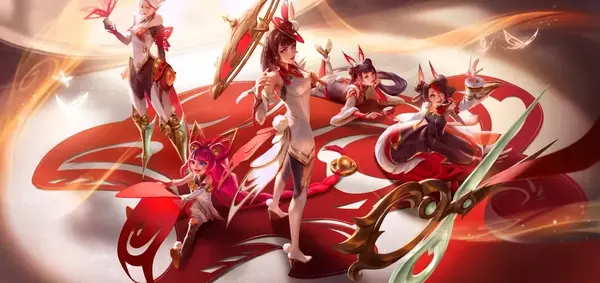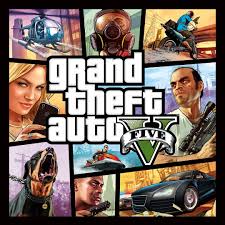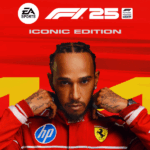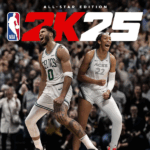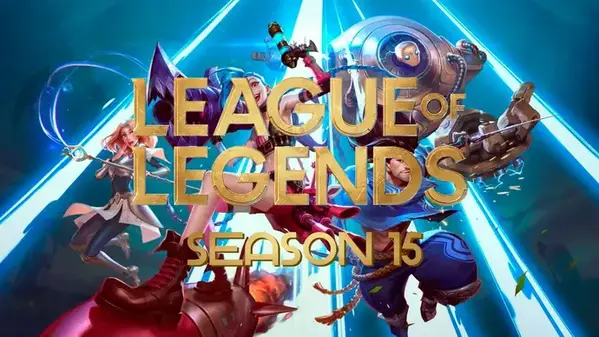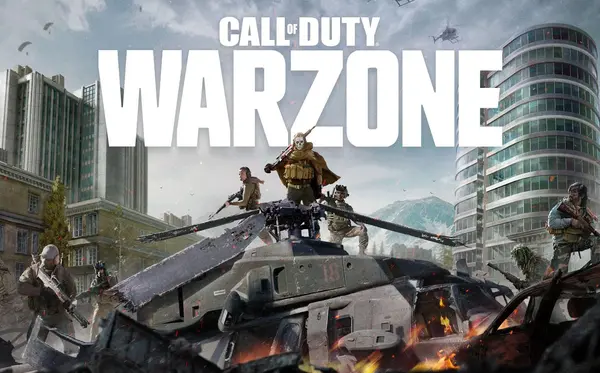Advertisement
Popular Now
Introduction
Power creep is a phenomenon that occurs when new content in a game becomes increasingly powerful compared to older content, disrupting the balance and meta. In League of Legends (LoL), power creep has been a recurring issue, particularly with the release of new champions or reworks. This article explores how power creep has affected League of Legends, its implications on gameplay, and Riot Games’ attempts to address this ongoing challenge.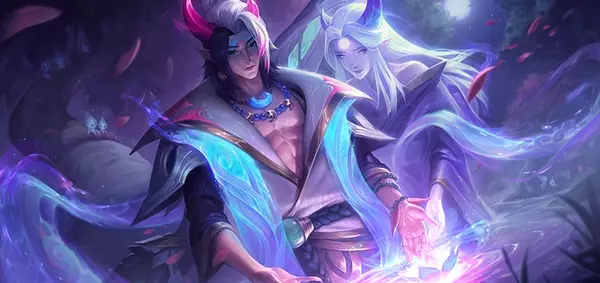
What Is Power Creep in League of Legends?
Power creep refers to the gradual increase in strength of new champions and mechanics.How power creep manifests
- New champions often come with unique mechanics or overloaded kits.
- Existing champions feel outdated in comparison, leading to balance issues.
Why power creep happens
- Developers aim to innovate with new releases, but this often results in higher power levels.
Historical Examples of Power Creep
Several champions highlight the issue of power creep in LoL.Aphelios: A complex powerhouse
- Released with multiple weapon forms, Aphelios introduced high versatility and damage output.
- Players criticized his overloaded kit, which made older ADCs less viable.
Viego: King of resets
- Viego’s ability to possess enemies added a new layer of complexity.
- His kit overshadowed older junglers lacking similar adaptability.
Impact on Older Champions
Power creep often leaves older champions struggling to remain relevant.Obsolete mechanics
- Champions like Annie or Amumu, with straightforward kits, feel lackluster.
- Outdated mechanics make them less appealing in competitive play.
Lower pick and win rates
- Older champions often experience declining popularity due to their perceived inferiority.
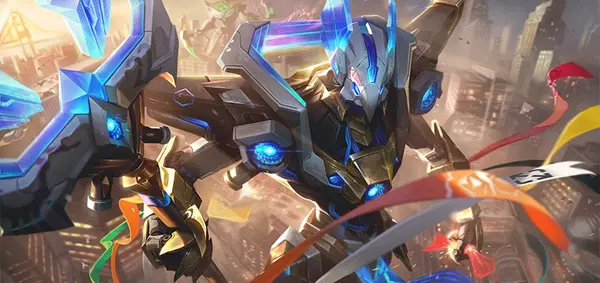
The Effect on Game Balance
Power creep disrupts the delicate balance of League of Legends.Shift in the meta
- New champions dominate patches, forcing players to adapt to ever-changing metas.
Frustration among players
- Players feel alienated when their favorite champions are no longer viable.
Attempts to Address Power Creep
Riot Games has implemented several measures to counteract power creep.Champion reworks
- Riot updates older champions to match modern design standards.
- Examples include the reworks of Warwick, Fiddlesticks, and Aatrox.
Stat adjustments
- Periodic nerfs to overpowered champions and buffs to underperforming ones aim to restore balance.
Community Reactions to Power Creep
The League of Legends community has mixed feelings about new releases.Excitement for innovation
- Players appreciate fresh mechanics and innovative designs.
Criticism of imbalance
- Frequent complaints arise about new champions being too strong upon release.
Economic Incentives and Power Creep
Monetization strategies often intersect with power creep.Skin sales and new champions
- Riot benefits financially from the hype surrounding new champions and skins.
Pressure to buy new content
- Players feel compelled to invest in newer, stronger champions to stay competitive.
Power Creep in Competitive Play
Professional players are particularly affected by power creep.Limited champion pools
- Power creep restricts viable picks, narrowing options for pro players.
Impact on strategy
- Teams must constantly adapt strategies to counter overpowered champions.
Potential Solutions to Power Creep
Addressing power creep requires a multifaceted approach.Sustainable champion design
- Introducing simpler, balanced champions with clear strengths and weaknesses.
Frequent updates to older champions
- Regularly revisiting outdated champions to ensure they remain competitive.
The Future of Champion Design in League of Legends
Riot Games must innovate without exacerbating power creep.Balancing creativity and fairness
- Striking a balance between exciting new designs and maintaining game integrity.
Community involvement
- Engaging with players to understand their concerns and prioritize balance.
